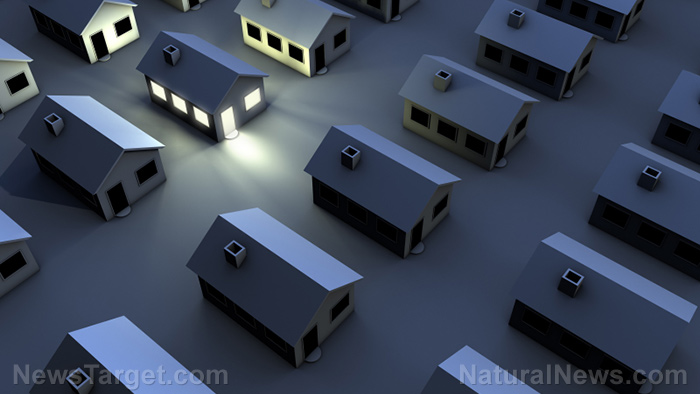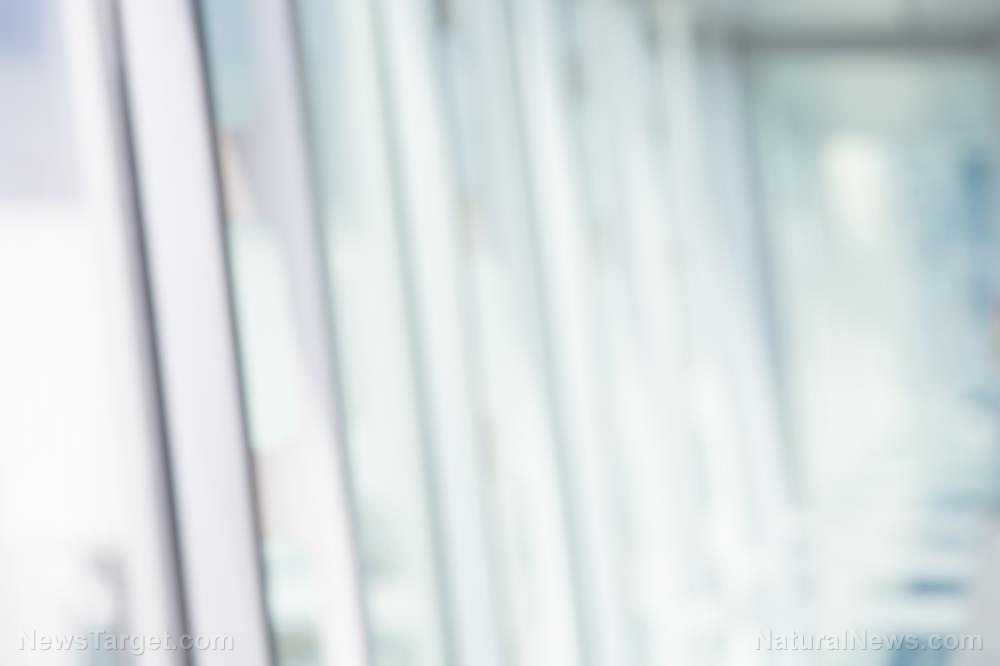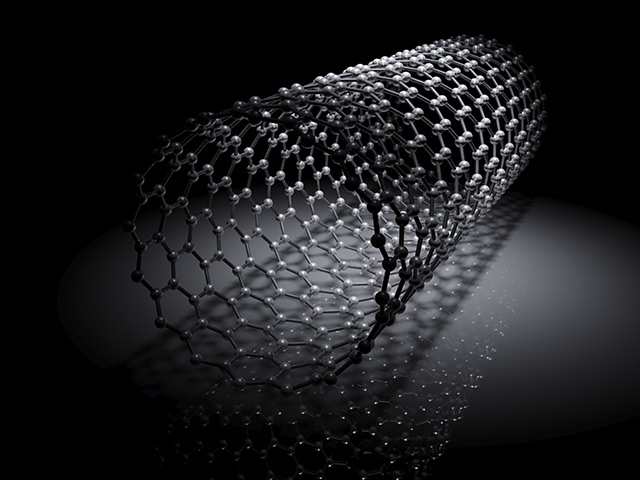
How it works
Science establishes that light colors tend to reflect more sunlight than dark colors which absorb it. Applying this basic principle onto roofs, light-colored roofs reflect heat instead of absorbing it and releasing it into the building's interiors. Solar panels, if you've noticed, are usually dark in color, since sunlight should be absorbed in order to create electricity. Imagine two people standing on a stage, one wearing a white shirt, and the other wearing black. When a spotlight is directed towards them, the person wearing black looks normal, while the person wearing white appears as if he's glowing.
Look at it this way: Cool roofs lower down the local air temperature. Lower air temperatures decrease the demand for water and electricity, therefore saving on utility bills. Lower electricity demand reduces power plant polluting emissions, and thus limits the area's heat range. It is basically a wheel that goes around. With cool roofs, the wheel is broken, and allows sufficient time for the environment to regenerate itself.
Cool roof installation is as simple as applying a coating of reflective pigments or rolling out sheets of membranes that have enhanced capabilities to reflect sunlight and heat. One may also choose to have a “green” roof. A green roof is usually any flat roof-type that is covered with a low-maintenance garden. Not all flat roof types can be planted on, since roots have a tendency to break or disintegrate concrete. Consulting a professional gardener may help you decide if a green roof is applicable to your house.
By installing a cool roof, the building's occupants tend to use less air conditioning and consume less water. It also increases the comfort and escape away from a summer sun, and extends roof service life by decreasing it's surface temperature. On a summer's day, roofs tend to get as hot as a frying pan. Environmental pollution amplifies this, and measures should be taken in order to reduce the impact on our immediate surroundings.
Cool roofs help save water
Some people tend to overlook the fact that heat-mitigating techniques can help reduce their water bills. Of course, there are other ways to conserve water, but people should start considering the added benefits of installing a cool roof. These innovations change the way of how we think about conservation, how heat manipulation actually affects water consumption. By reducing ambient air temperatures, gardening will need less water. The water-saving benefits of these cool roofs will be exceptionally noticed on hotter days. One would typically assume that a certain temperature will trigger the person to do a certain task – like take a bath longer – but after cool roof installation, they may not be prompted at all.
This research was validated by data from the Northern California's Contra Costa Water District, where several counties with installed cool roofs made water savings from four to nine percent. Researchers at the Berkeley laboratory are eyeing an application to urban centers with larger populations and concentrated infrastructure. One of the goals of the cool roof project is to decrease or control the effect of infrastructure proximity on the climate of the area. For buildings that are tall enough to receive a lot of sunlight, the exterior walls may be coated with reflective material in order to lower down heat, instead of just installing the cooling system on the roofs. This will help corporations who own buildings conserve water by lowering down the overall interior temperature and have staff feel more comfortable inside, and outside the building as well.
Sources include:
Please contact us for more information.























